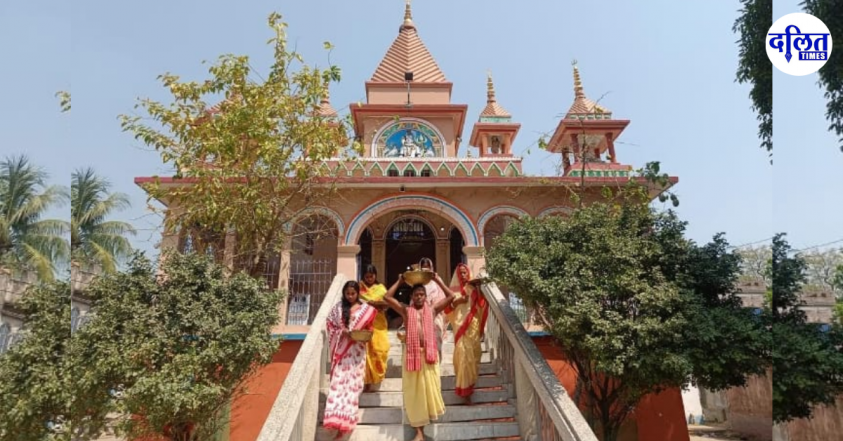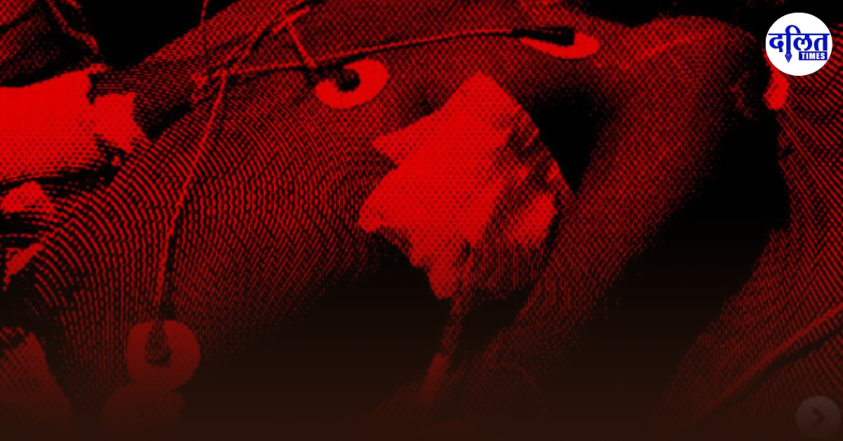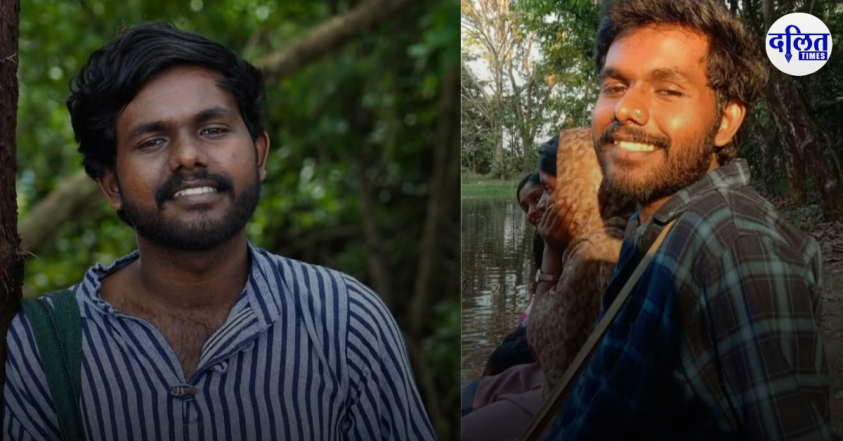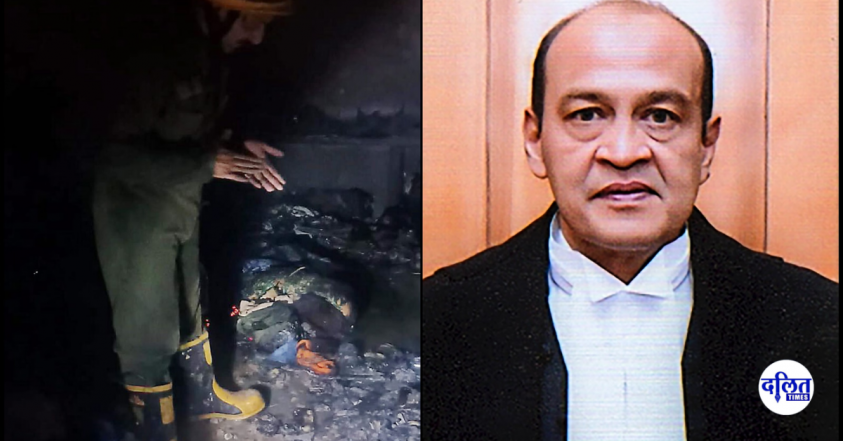The temple entry symbolizes more than just access to a place of worship—it represents the fight against centuries of social exclusion, discrimination, and untouchability. However, the battle is far from over. Across India, Dalits continue to face systemic barriers in religious, social, and economic spheres.
(Writer: Bindu Ammini, Advocate, Writer, alit Feminist & Advisor of Dalit Times)
In a historic moment of defiance and resilience, Dalits were finally permitted to enter a Shiva temple in West Bengal after three centuries of exclusion. This long-overdue victory came after relentless struggle and legal intervention, marking a significant step toward social justice and equality. Constitution of India guarantee the equal right to all however the reality is very hard and even for basic rights the marginalized are continuously raise their voice.
A Victory Carved in Struggle
The temple, located in Gidheshwar, Purba Bardhaman district of West Bengal, is believed to be around 200 more years old. Set atop boulders, the temple stands 15 km south of Jamui. There were caste-based discrimination prevented by Dalits from setting foot inside the temple, denying them their basic right to worship that was guaranteed every citizen by the constitution of India. This oppression was not merely a relic of the past but an ongoing reminder of entrenched social hierarchies.
Determined to end this injustice, Dalit community members wrote letter to the local administration requesting permission to enter the temple and offer prayers. Their request was initially denied because of the intervention of casteists, prompting them to escalate the matter. A resolution was eventually passed stating: “Everyone has the right to worship. Therefore, all families will be allowed entry into the Gidheshwar Shiva Temple in Gidhagram, under Katwa 1 Block.”

Lakkhi, one of the Dalit community members, expressed their resolve: “Our forefathers were never allowed temple entry. However, we are educated, and times have changed. That’s why we appealed to the administration and police. With their help, we finally secured our rights.”
Overcoming Resistance and Police Intervention
Despite resistance from upper-caste groups, change proved inevitable. On March 12, a group of five Dalit community members—four women and one man—climbed the temple steps around 10 AM under police protection. Later that day, a larger group of 130 Dalit representatives triumphantly entered the temple, their prayers echoing through the halls that had been unjustly denied to them for generations.
The breakthrough did not come easily. Tensions ran high as conservative elements opposed the entry, attempting to uphold centuries-old caste barriers. Only with police intervention was the historic entry made possible, ensuring that Dalits could exercise their fundamental right to worship without fear of violence or retribution.
The event underscored a painful reality—in 21st-century India, caste oppression still necessitates state intervention for the enforcement of basic human rights.
A Step Forward, But the Battle Continues
The temple entry symbolizes more than just access to a place of worship—it represents the fight against centuries of social exclusion, discrimination, and untouchability. However, the battle is far from over. Across India, Dalits continue to face systemic barriers in religious, social, and economic spheres.
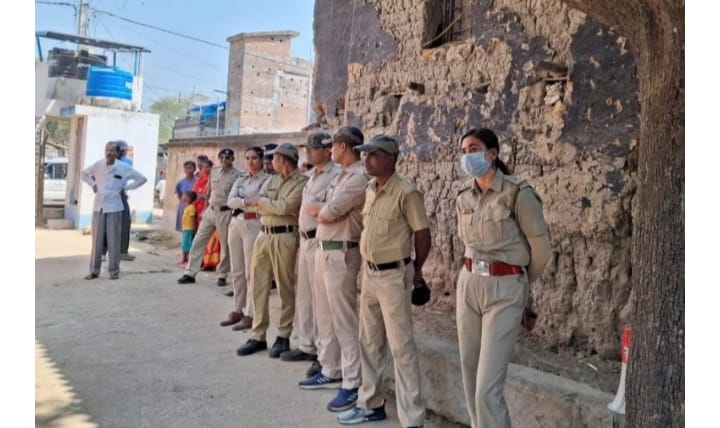
Activists stress that while this victory is monumental, it must serve as a catalyst for a larger movement toward caste annihilation and equal rights. Legal enforcement alone is not enough—a fundamental shift in societal attitudes is crucial for true equality to be realized.
“This is Our Right, Not a Privilege” – Voices from the Movement
Dalit rights activist Ravi Kumar, who played a key role in mobilizing the community, emphasized the significance of the moment: “This is not just about entering a temple; this is about reclaiming our dignity. For centuries, we were told that we are lesser beings, unfit to pray to the gods worshipped by others. Today, we have shattered that myth.”
Another activist, Sujata Devi, expressed mixed emotions: “Why did it take police intervention for us to do something as basic as worship? This moment is historic, but it also exposes the deep-rooted casteism that still exists in our society.”
Trinamool Congress MLA Apurba Chatterjee acknowledged the complexity of the issue: “It wasn’t easy to break the deadlock arising from such a long-standing tradition. Standing in the 21st century, such ideas cannot continue. That is why this dispute has been resolved.”
A New Dawn for Social Justice
As the bells of the Shiva temple rang, they did not just signal the sound of worship—they signified the fall of a centuries-old barrier. The courage of those who stepped inside that temple on March 12 is a testament to the unyielding spirit of resistance against caste oppression.
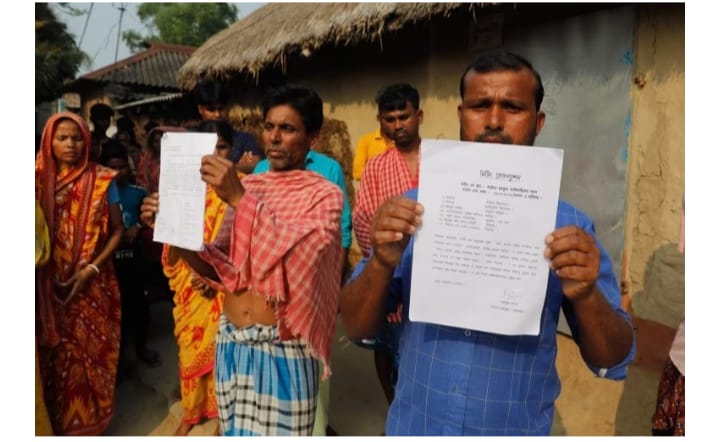
Their message to the world is clear: justice cannot be delayed any longer. The right to equality, dignity, and worship belongs to all, and no force can deny it.
However, challenges remain. Reports emerged that upper-caste villagers stopped procuring milk from Dalit families, leading to economic exclusion. Police have since directed milk procurement centers to resume collection from Dalit-owned cattle. Community leader Ekkori Das a resident of Daspara warned: “If the collection doesn’t resume, we will report it to the authorities for action.”
This incident is a reminder that the fight against caste-based discrimination extends beyond temple entry. True justice will only be achieved when social, economic, and cultural barriers are dismantled entirely.
